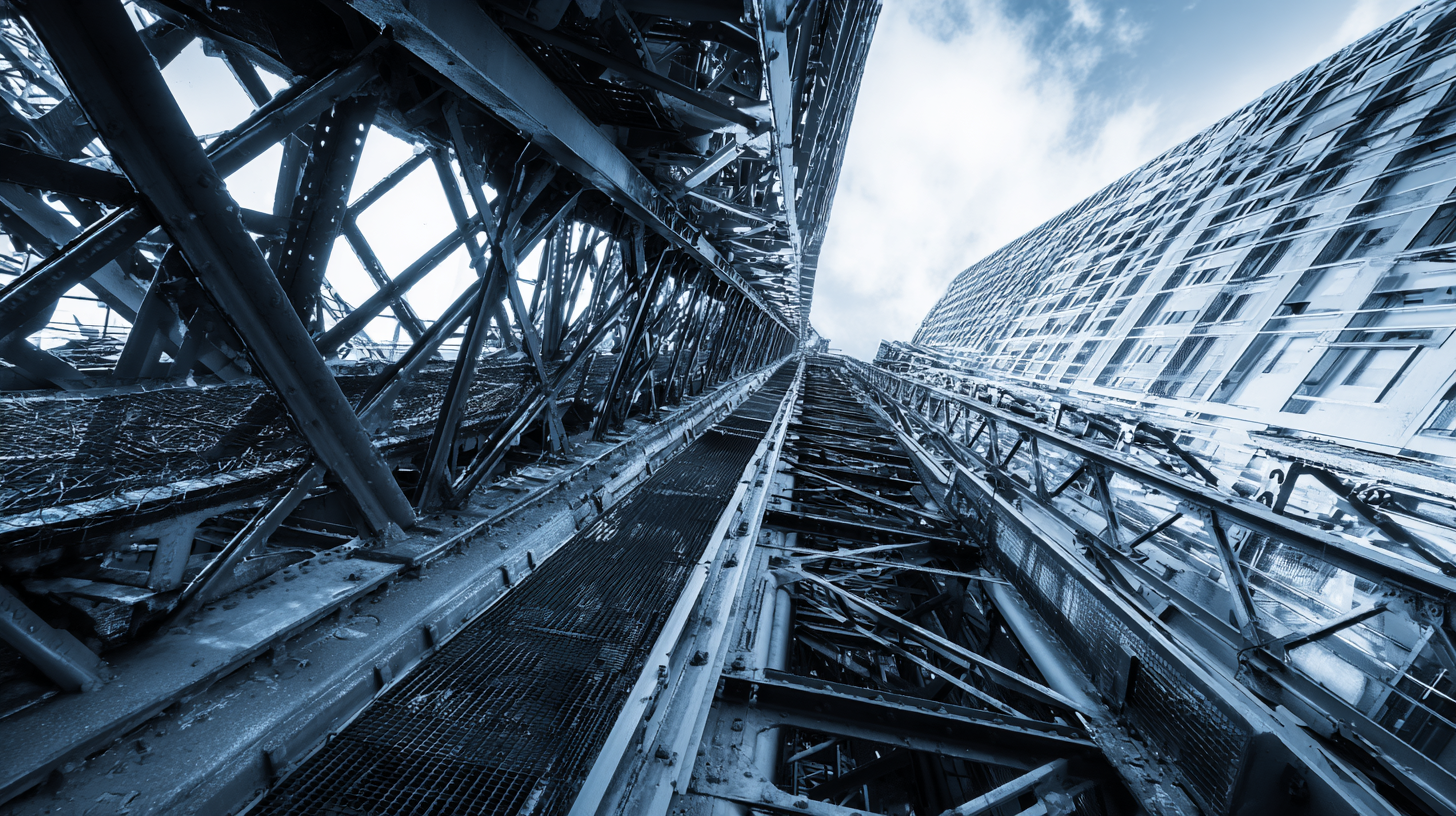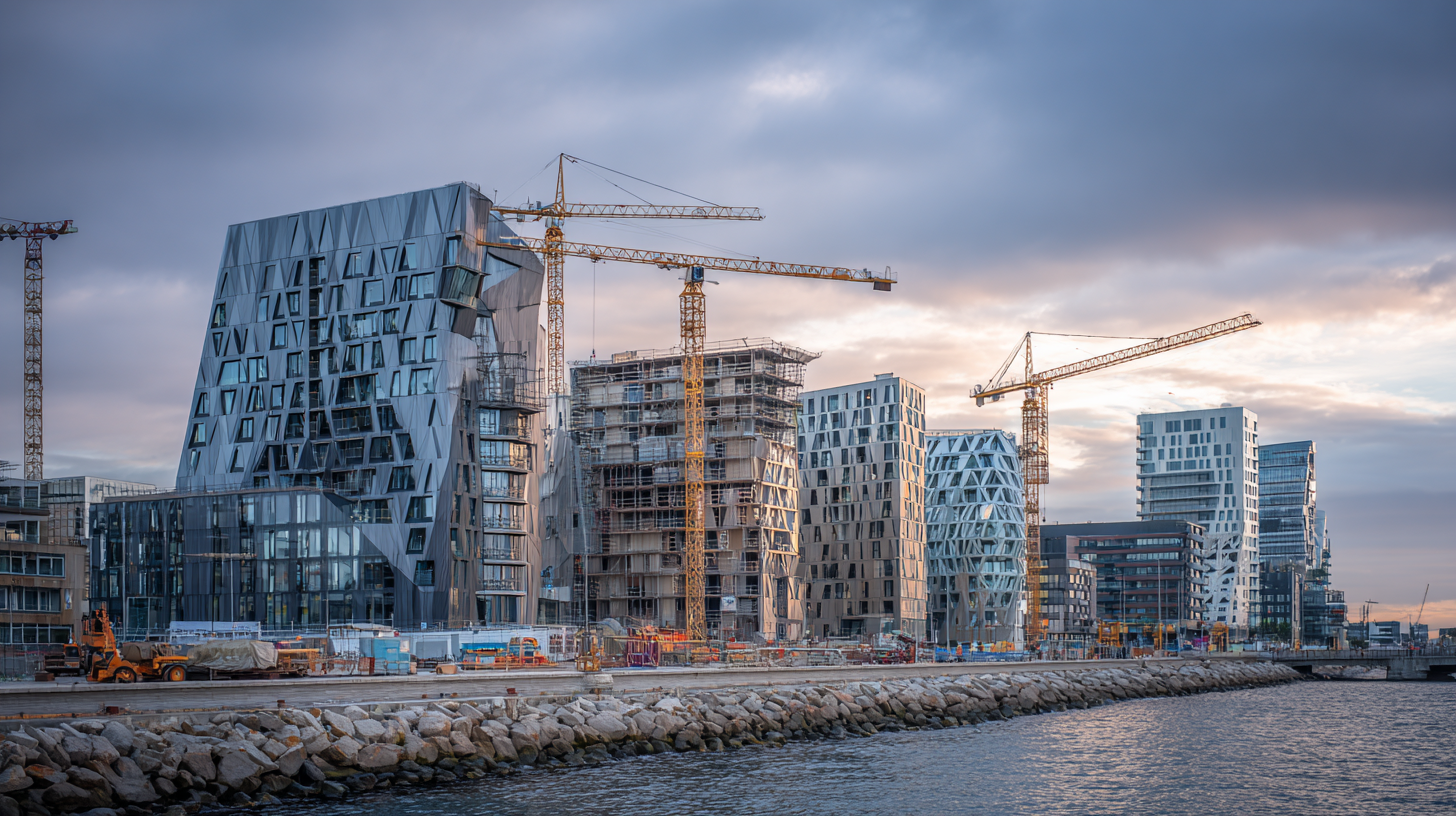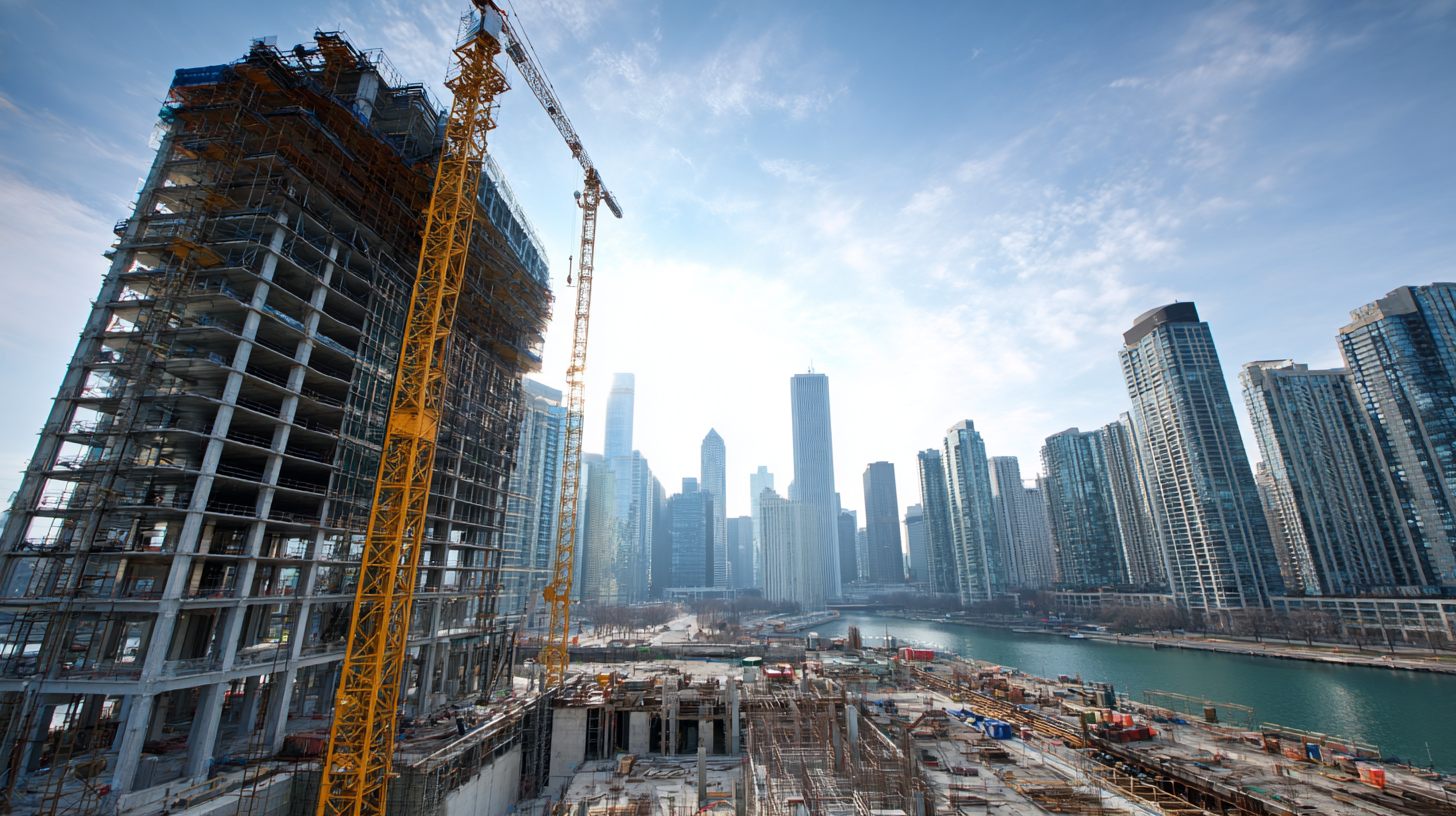
In recent years, the construction industry has witnessed a remarkable transformation, positioning Steel Construction at the forefront of modern building practices. With its unparalleled strength, durability, and adaptability, steel has emerged as the material of choice for architects, engineers, and builders alike. This blog will delve into the numerous advantages of Steel Construction, highlighting compelling reasons why it represents the future of building. From its cost-effectiveness and sustainability to its ability to speed up construction timelines, the benefits are manifold and transformative. As we explore these reasons, it becomes evident that embracing Steel Construction not only meets the demands of contemporary architecture but also paves the way for innovative and resilient urban landscapes. Join us as we unlock the potential of steel in shaping the future of construction.

Steel construction has emerged as a preferred choice in modern building projects, primarily due to its remarkable cost efficiency and numerous advantages. According to a report by the American Institute of Steel Construction (AISC), steel structures can be completed up to 30% faster than traditional materials, significantly reducing labor costs and time on-site. With rising construction costs worldwide, speed and efficiency become crucial factors that can help manage budgets effectively.
One of the standout features of steel is its high strength-to-weight ratio, allowing for lighter structures that require less foundational support. This can lead to savings in both material costs and construction time. A study by the Steel Construction Institute (SCI) indicates that using steel frames can cut the overall construction cost by approximately 15% when factoring in faster project completion and reduced labor costs.
**Tip:** When planning your next project, consider utilizing modular steel components, which can further decrease assembly time and enhance precision, reducing waste and overall expenses.
Additionally, steel's recyclability adds an environmental benefit that appeals to modern builders and investors alike. According to the World Steel Association, about 80% of steel is recycled globally, making it a sustainable choice that doesn't sacrifice quality or performance.
**Tip:** Look for certified steel suppliers that provide transparency in their sourcing and recycling practices to ensure your project meets sustainability standards.
| Dimension | Steel Construction | Traditional Construction |
|---|---|---|
| Initial Cost | $100/sq ft | $120/sq ft |
| Construction Time | 30% faster | Longer duration |
| Durability | 50+ years | 30-50 years |
| Recyclability | 100% | Limited |
| Load-Bearing Capacity | Higher | Lower |
| Maintenance Cost | Low | High |
Sustainability is becoming an essential focus in construction practices, and steel is emerging as a key player in this shift towards eco-friendly building solutions. According to the World Steel Association, the global steel industry aims to reduce CO2 emissions by 20% by 2030, focusing on innovative practices and technologies. With its high recyclability—over 85% of steel is recycled compared to just 10-20% for other materials—steel construction significantly minimizes waste in landfills and contributes to a circular economy.
Furthermore, recent studies indicate that steel structures are not only durable but can also lead to lower life-cycle energy consumption. A report from the American Institute of Steel Construction noted that buildings made from steel can save up to 33% in energy costs over their lifetime compared to traditional materials. Additionally, the use of steel contributes to faster construction times, reducing the overall environmental impact of a project. By adopting steel in construction, companies are not just aligning with current sustainability goals but are also paving the way for a more eco-conscious future.
Steel construction is increasingly recognized for its vital role in ensuring structural integrity and safety standards in modern buildings. The remarkable strength and durability of steel allow architects and engineers to create structures that withstand various environmental challenges, including severe weather conditions and seismic activity. This capability not only enhances the longevity of buildings but also significantly reduces maintenance costs associated with more traditional construction materials.
When considering a steel structure for your next project, keep these tips in mind: First, prioritize high-quality materials; sourcing steel from reputable manufacturers ensures your building meets safety standards. Second, collaborate with experienced professionals who understand the nuances of steel construction, as their expertise can lead to innovative design solutions that maximize both strength and aesthetic appeal. Lastly, stay informed about advancements in steel technology, such as pre-fabrication techniques, which can streamline the construction process and improve overall project efficiency.
With the increasing demand for sustainable and resilient building practices, the use of steel will undoubtedly continue to shape the future of construction. Its inherent properties of recyclability and minimal environmental impact make it a smart choice for environmentally conscious projects, aligning with global efforts to promote sustainability in the built environment.
The construction industry is undergoing a significant transformation, driven by innovative advancements in steel technology. Modern steel fabrication techniques have introduced methods that enhance construction speed and flexibility, making it an ideal choice for a variety of projects. With the integration of modular construction and prefabrication, steel components can be manufactured off-site and assembled on location, drastically reducing construction timelines. This efficiency is vital in today’s fast-paced building environment, where time is often of the essence.
Moreover, innovations in steel technology have not only improved speed but also increased the versatility of designs. Builders can now utilize lightweight steel structures that allow for greater architectural creativity and customization. This flexibility is crucial for accommodating the unique demands of each project, enabling the design of complex shapes and forms that were previously challenging with traditional materials. As the industry embraces these technological advancements, steel construction is poised to lead the way in delivering resilient, efficient, and adaptable building solutions for the future.

The construction industry is witnessing a significant shift towards steel as a primary material for developing infrastructure projects worldwide. A surge in global demand for durable and sustainable building solutions is propelling steel construction to the forefront of market trends. With its remarkable strength-to-weight ratio, steel offers architects and engineers the flexibility to design larger, more complex structures while ensuring safety and longevity. This adaptability makes steel an ideal choice for high-rise buildings, bridges, and industrial facilities, catering to the ever-growing urbanization needs.

Furthermore, the environmental impact of construction practices is under increased scrutiny as sustainability becomes a priority for governments and organizations alike. Steel is not only recyclable but also allows for quicker construction timelines, reducing labor costs and minimizing waste. As authorities adopt stricter regulations on carbon emissions, the steel construction industry is ready to meet these challenges head-on. From advanced manufacturing techniques to innovative design practices, the future of building is unmistakably leaning towards steel, meeting contemporary needs while paving the way for a sustainable tomorrow.